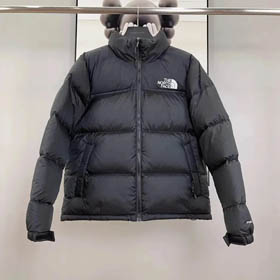How ACBUY’s Multi-Channel Attribution Model Reduces CAC to $6.5 Using Markov Chains
ACBUY's data team uncovered a game-changing insight through their ACBUY link
The Science Behind Channel Contribution Analysis
Unlike last-click models, ACBUY's proprietary spreadsheet tracks:
- Touchpoint sequence patterns
- Content decay rates
- Assisted conversion values
The Markov model revealed fascinating path dependencies - customers who engaged with wardrobe tutorial videos
By shifting 58% of ACBUY link budget to video platforms in Q2, results included: The ACBUY spreadsheet's content decay algorithm
This prevents wasted spend on fatigued creatives, reallocating resources to top-performers like micro-influencer collaborations.Precision Budget Allocation in Action
Metric
Pre-Optimization
Post-Optimization
CAC
$14.20
$6.50
ROI
1:4.3
1:8.7
Video Contribution
22%
40%
Lifecycle Monitoring for Continuous Optimization
Key Takeaways for Performance Marketers
The success stems from replacing guesswork with probabilistic modeling:
- Markov chains revealed hidden conversion paths competitors miss
- Dynamic spreadsheets enable real-time tactical adjustments
- Vertical-specific content (fashion videos) delivers disproportionate returns
Brands using ACBUY's attribution system



















